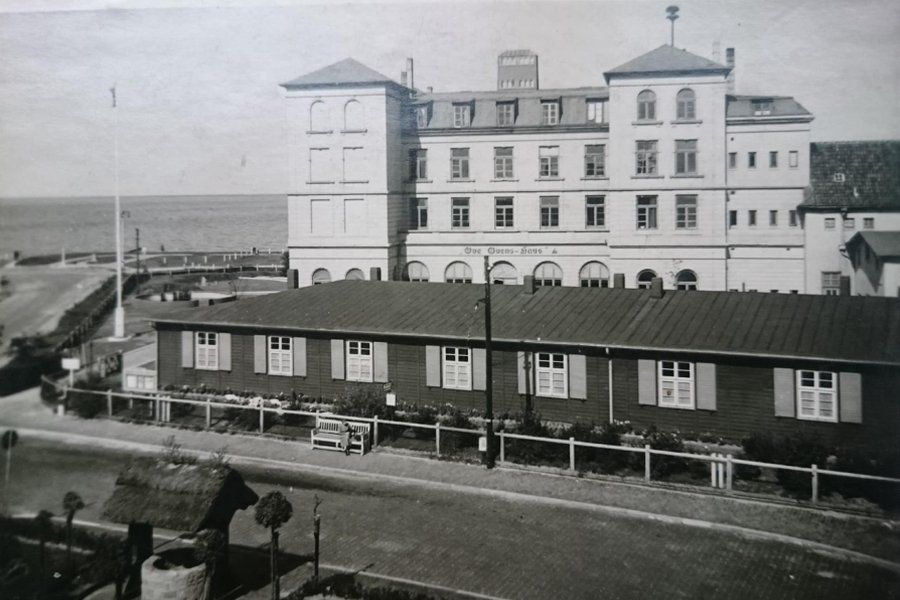Doecker System barracks

"... In the run-up to the Antwerp World Exhibition of 1885, the International Red Cross, in collaboration with the Prussian military, had announced an architectural competition to select the most suitable "building for the treatment of the wounded and infectious diseases for war and peace purposes". The experiences from the Franco-Prussian War of 1870/71 had increased the efforts of the Prussian army administration to develop a "fully satisfactory, easily dispatchable model" of a hospital and emergency barracks. Sixty inventors, craftsmen and engineers solved the tender specifications of the international competition in very different ways. Among the designs submitted were tent-like buildings, half-timbered structures and hospital wagons that could be coupled together to form larger rooms at the site of deployment. The jury of European military doctors chose the "shippable barracks" by Danish captain Johann Gerhard Clemens Doecker as the winner from the large number of proposals. His design was rather simple on the outside, but extremely versatile in its use. Doecker's light wooden architecture was based on a modular wall panel system, was transportable, could be erected by laymen in four to five hours and could be moved into immediately after assembly. In addition - and this was another important argument - it was comparatively inexpensive.
Originally developed as a "flying" hospital room for wartime, Doecker's transportable barracks became attractive around 1900, after a short phase of exclusively military use, as a practical architectural solution to pressing population policy, urban planning and infrastructure problems. The company Christoph & Unmack, which had its headquarters in Niesky in Silesia and was the sole manufacturer of the Doecker barracks, popularized its architectural mass product with brochures and catalogs. Their formal simplicity and functional indeterminacy soon made the wooden barracks an important instrument of urban governance. (Q 344)"


A Doecker system barracks in front of the former Ove Ovens house in Cuxhaven Duhnen


